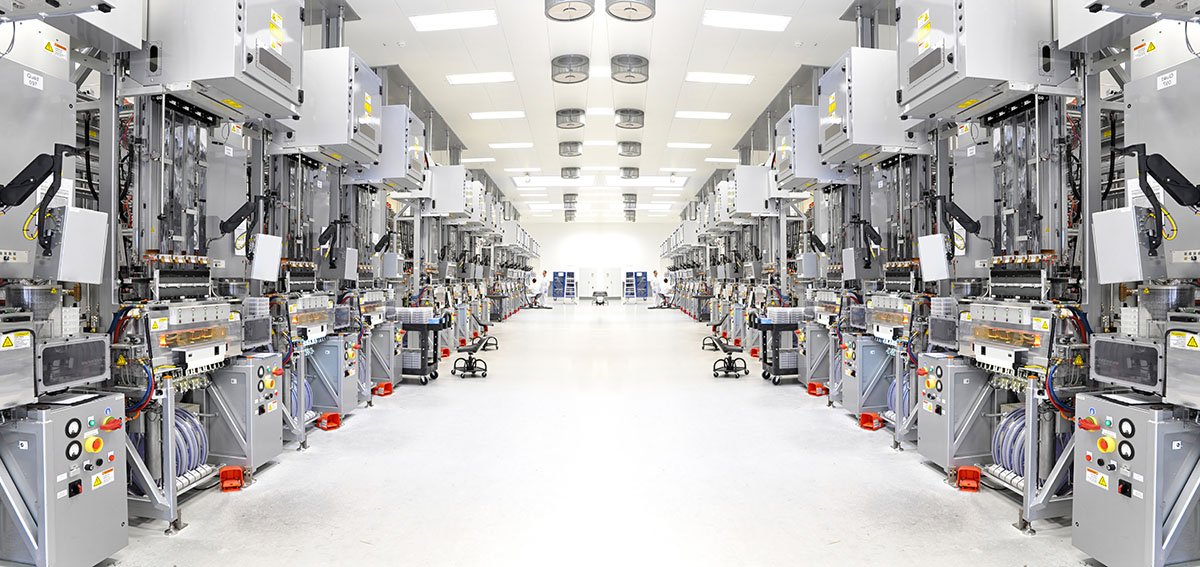The ISO 14644 standards for clean room monitoring require airborne particle measurements to be taken in particles per cubic meter. Most particle counters used for these applications have a sample flow rate that is internally regulated to one cubic foot per minute (1 CFM). Since a one cubic meter sample contains 35.3 cubic feet, it takes the particle count values from a little more than 35.3 minutes (2,118 seconds) to accumulate a one cubic meter sample. That’s a pretty long time between updates.
All SmartScan DA-07 Remote Monitoring Stations have multiple 36 element arrays for each remote device. These can be used to accumulate a count of the particles per cubic meter for each of the size channels in a remote particle counter. The diagram below shows the structure of one of the arrays along with three other variables that will be used to control the count accumulation.
The “Index” identifies which of the 36 array elements will receive the next count information from the particle counter. The “Sum” is used to accumulate the particles per cubic meter value and the “Count” is incremented for each sample until it reaches “36” indicating that the array is full. (Thirty-six (36) one cubic foot samples means that slightly over one meter will be sampled for each Particles per Cubic Meter value. This was chosen to be conservative and provide a worst-case output.) During the count up to 36, the accumulation operation proceeds as shown in the diagram below.
The value of the “Index” says that array element number 3 will be processed next. As the next cubic foot measurement is received from the particle counter, it is stored in the array according to the “Index” and added to the “Sum” value (operations #1 and #2). The “Count” is also incremented (#3) if it is less than 36. This continues until the “Count” reaches 36 which is an indication that the array is full and the “Sum” then contains a valid Particles per Cubic Meter value.
Once the array is full (“Count reaches 36), the accumulation operation starts following the diagram shown below.
As before, the “Index” points to the array element to be processed next. When a new measurement is available from the particle counter, the old measurement from the array is subtracted from the “Sum” (#1 in the diagram) before the incoming value is stored in the array (#2) and added to the “Sum” (#3). The “Index” is then incremented to the next array element (#4).(Note that when the “Index” reaches the end of the array, it automatically moves back to the beginning for the next measurement. This is called a “circular buffer.”)
Once the array has been filled, the Particles per Cubic Meter measurements are reported to the server once every minute.
Get confidence in monitoring critical application anywhere, anytime. Chose a SmartScan web based clean room monitoring system today.

